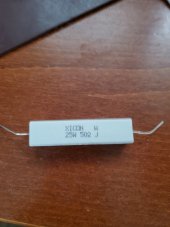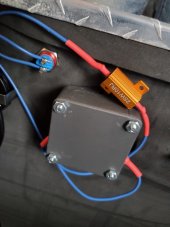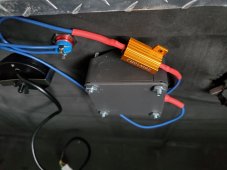Yup so that's the same as what I've got. I've got the 24S bms, 200A current with active balancer (2A) .... I wish the 2A was higher though. Jikong was willing to customise it with a higher current balancer for me but MOQ was like 100 units and I'm not made of gold... so...
That's the part I'm not sure about... I actually don't know if it's possible to add an extra "active balancer" on top of the BMS with built-in balancer, like, what would happen if they get in the way of each other? have you or others tried that setup and know that it works? sorry im still new to this forum so that might've been covered in other posts.
Someone smarter than I could probably confirm/deny this.. but Heltecs appear to be just rebranded Jikong's, their company profile on alibaba suggests they're just a reseller/distributor judging by their employee count.. and Jikong's profile/website suggests they're a subsidiary of E&J Power which has thousands more employees, which is why the android bluetooth app is called "enjpower BMS", or a rebranded version called "jikong BMS" and if you open the APK file it's got enjpower files all over it...






